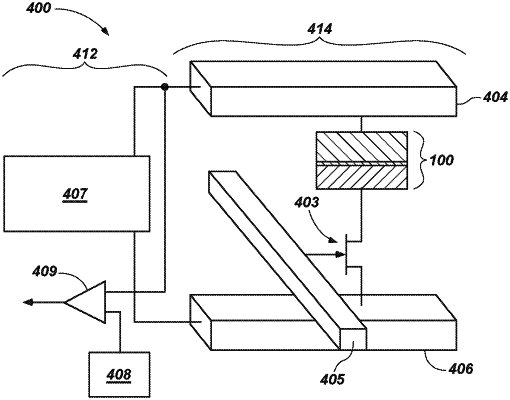| CPC G11C 11/221 (2013.01) [G11C 11/2297 (2013.01); H01L 28/40 (2013.01); H01L 28/55 (2013.01); H10B 53/30 (2023.02); H10B 53/40 (2023.02); G11C 11/2273 (2013.01); G11C 11/2275 (2013.01)] | 19 Claims |

|
1. A ferroelectric device, comprising:
an electrode; and
a ferroelectric material neighboring the electrode and comprising hafnium oxide, zirconium oxide, or a combination thereof, the ferroelectric material doped with at least one material selected from the group consisting of vanadium, potassium, ruthenium, selenium, and arsenic, wherein an atomic percent of the at least one material within the ferroelectric material is within a range of between about 0.1 atomic percent and about 25.0 atomic percent based on non-oxygen atoms of the ferroelectric material.
|